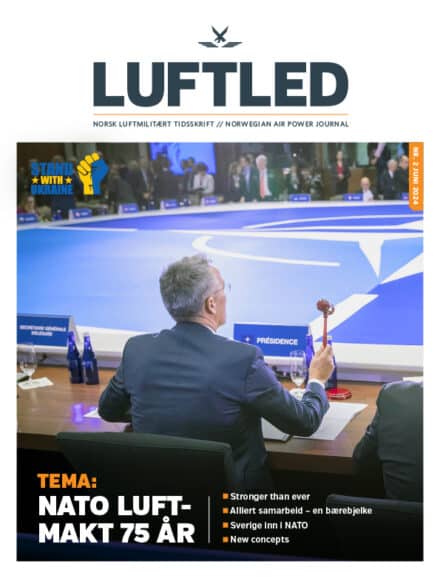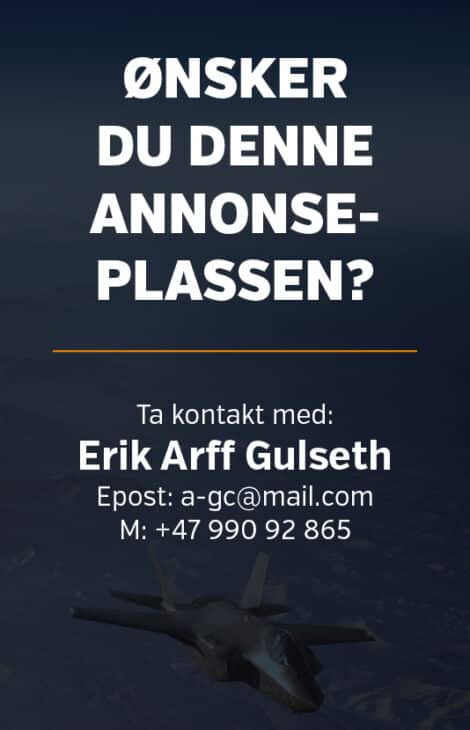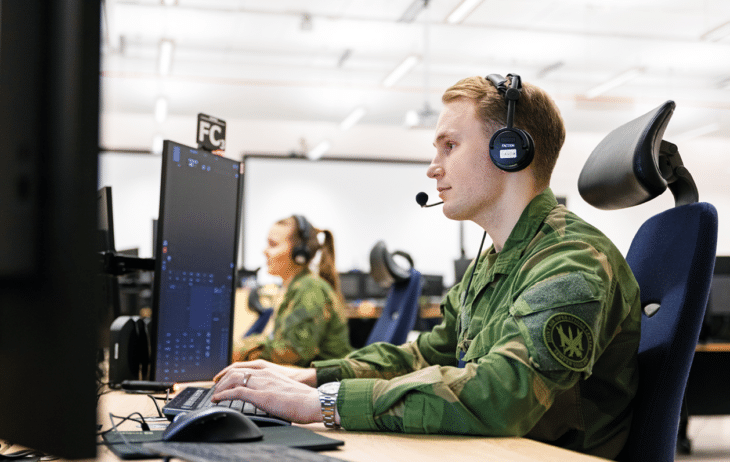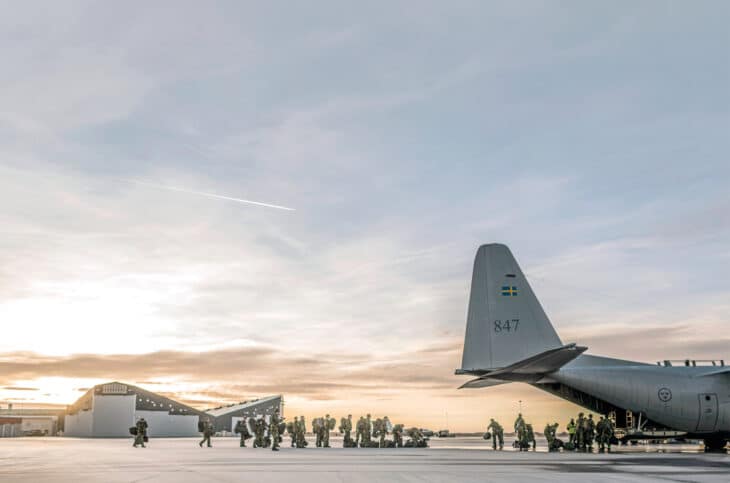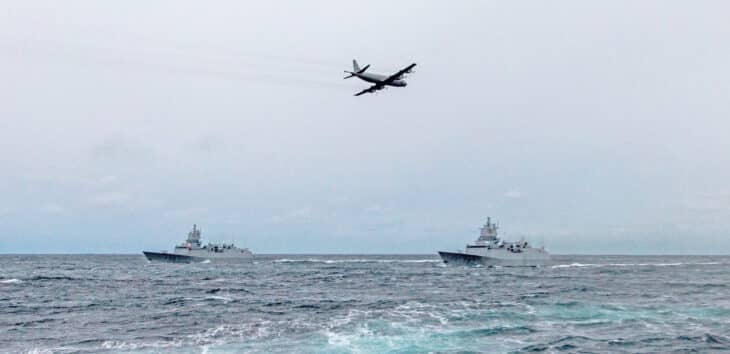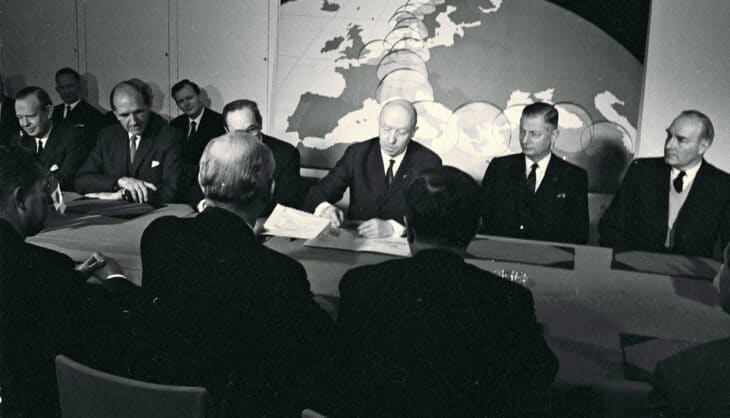STRONGER THAN EVER
LUFTLED’s special issue on 75 years of NATO air power is both timely and important. Although he was not the first to hold the office of Supreme Allied Commander Europe (SACEUR), it seems appropriate to begin this Foreword to the Norwegian air power journal by commemorating my favorite predecessor, General Lauris Norstad.
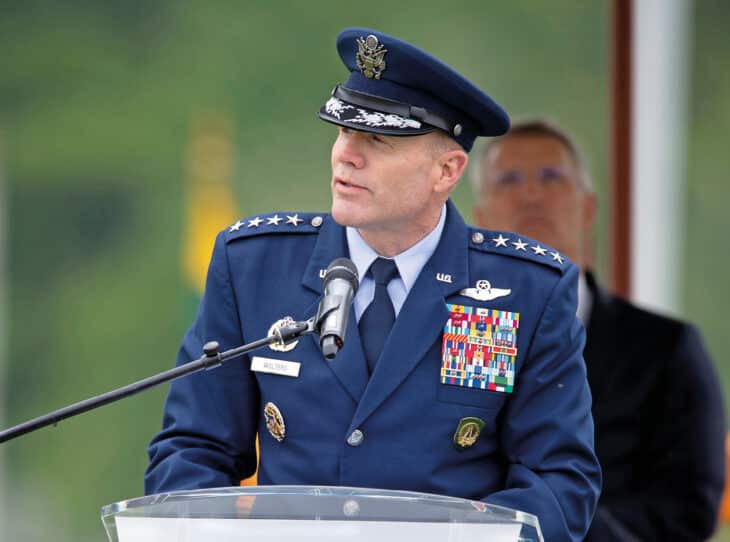
An American officer of Norwegian descent, Norstad flew in combat and showed outstanding airmanship and leadership during World War II. He took command of the U.S. Air Forces in Europe (USAFE) in October 1950, assumed additional duties as commanding general of the Allied Air Forces in Central Europe under Supreme Headquarters Allied Powers Europe (SHAPE) from April 1951, was designated air deputy to the SACEUR in July 1953, and then became the first aviator appointed as SACEUR, serving in that position from November 1956 to January 1963.
Norstad held senior leadership positions in NATO for nearly twelve years. His tenure spanned the Korean War, the formation of the Warsaw Pact, the Suez Crisis, the Soviet launch of Sputnik, increased Cold War tensions after the downing of an American U-2 spy plane over the Soviet Union, conflict with President Charles de Gaulle over France’s nuclear programme, the erection of the Berlin Wall and far more. But despite this turmoil, Norstad succeeded in holding the Alliance together and explaining its importance to the citizens of NATO member nations. Norstad’s statement that NATO encompasses both a shield (conventional forces) and a sword (nuclear forces) remains relevant today, as does his repeated characterization of NATO as a defensive Alliance.
Norstad is for me the perfect representative of NATO’s hard-earned success. He added military strength to a political organization, emphasized the importance of the transatlantic link and of Alliance cohesion and unity, and stressed NATO’s continuing imperative to adapt to the ever-changing security environment. He was truly the ‘European American,’ an air force general and diplomat who managed to combine the political and military aspects of NATO, and better than anyone else understood air power’s role in deterrence and defence. He always placed the Alliance’s collective needs above purely national preferences. At a personal level, he also sought to remain a worthy physical representative of the organization he served, and succeeded admirably. A senior British civil servant took it even further: ‘He looks like the North Atlantic Alliance.’
Today NATO stands stronger than ever, having grown from its original 12 members to 32 with the accession of Finland and Sweden. It can safely be said that NATO is the most important, relevant and successful politico-military organization of modern times. The Alliance represents the very embodiment of our transatlantic community, based on democratic values, common interests and a rules-based international order. As such, it constitutes the cornerstone of a prosperous and peaceful Europe.
Air power will become even more important to maintaining collective security and defense by executing its four main roles: air superiority; intelligence, surveillance and reconnaissance; strike; and air mobility.
Air power has always been an integral part of NATO’s strength, unity and adaptability. It is indispensable to executing NATO’s mission of deterrence, defence and reinforcement, from Massive Retaliation and Flexible Response to the current Concept for the Deterrence and Defence of the Euro-Atlantic Area (DDA) approved in June 2020. As I stated at the time:
The DDA unites national, regional, and theatre-wide military efforts to a common purpose. It provides nations with a framework to align respective national military deterrence activities in peacetime and, if directed, defend in crisis and conflict… all nested underneath the NATO 2030 initiative.
Looking to the future, air power will become even more important to maintaining collective security and defense by executing its four main roles: air superiority; intelligence, surveillance and reconnaissance; strike; and air mobility. In the words of General Montgomery, NATO’s first Deputy SACEUR, ‘if we lose the war in the air we lose the war and we lose it quickly.’ An understanding of this instrument of power is indispensable to enable new, creative approaches that advance not only jointness but also multi-domain operations. Air power interoperability – in equipment, doctrine and mindset – lies at the heart of any major campaign. Air power by design can move seamlessly through the peacetime-crisis-conflict spectrum. I am optimistic about the future when looking at the number of Europe nations that are or soon will be operating fifth-generation fighter-bombers.
Let me take this opportunity to praise LUFLED for its focus on the air domain and especially for publishing this special edition on 75 years of NATO air power. This journal has always contributed strongly to advancing air power competency – again reflecting the spirit of General Norstad, a voracious reader and thinker who always sought new knowledge and challenged established truths.
